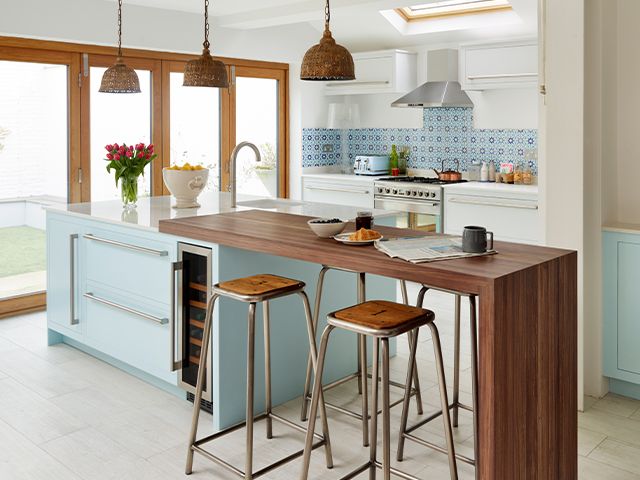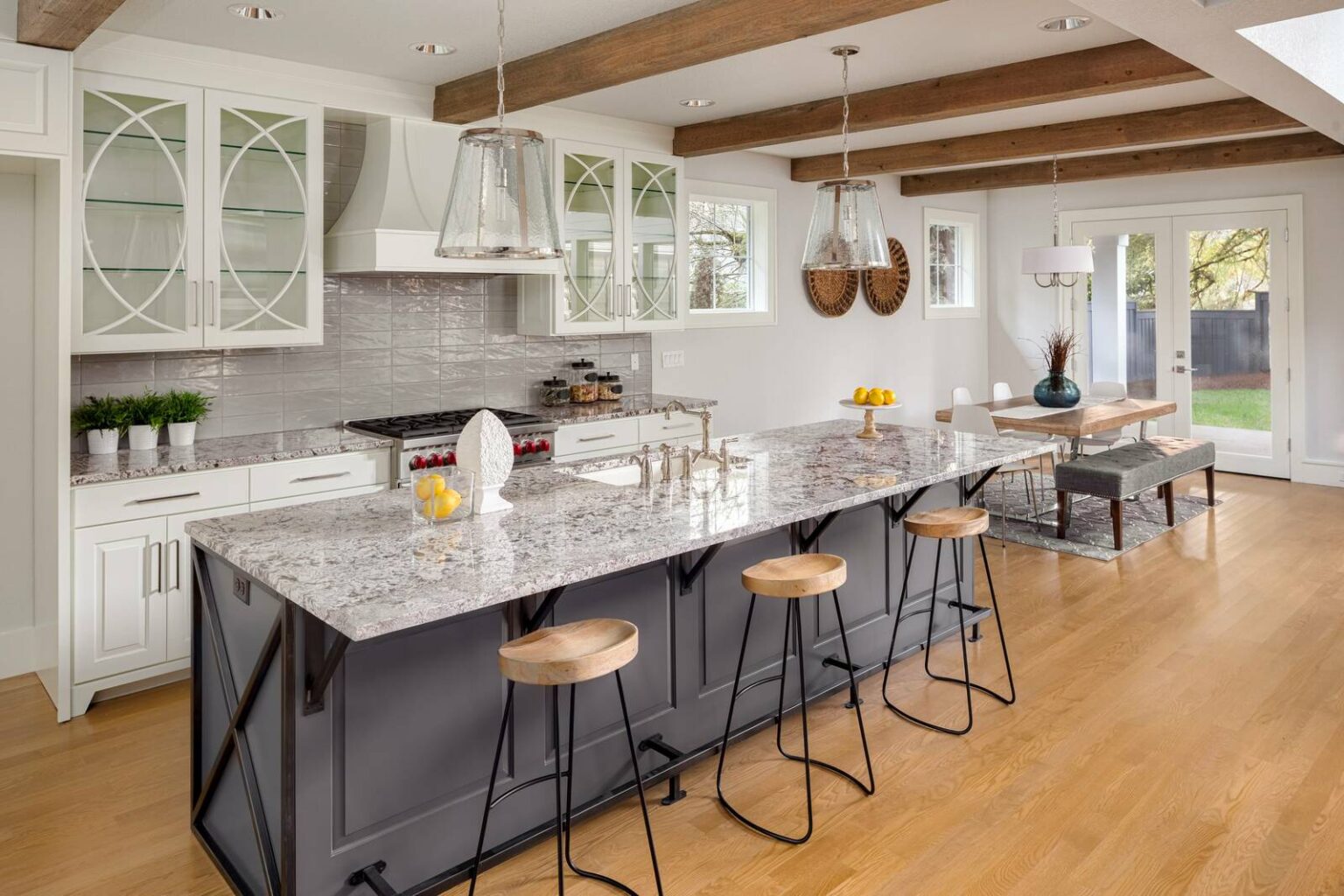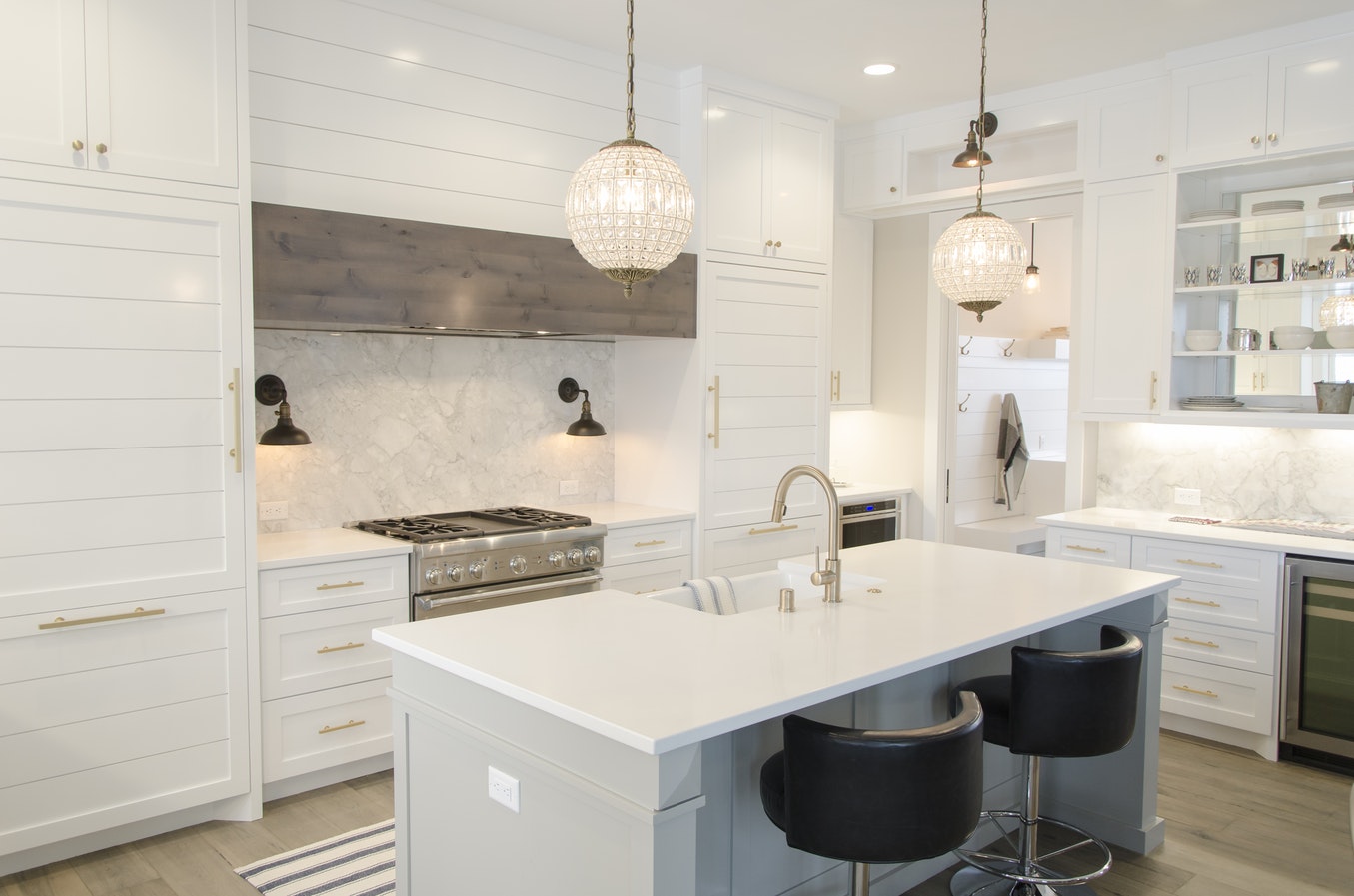Standard Kitchen Bar Dimensions
The standard kitchen eating bar depth is typically between 12-18 inches. This allows for enough space for plates, glasses, and utensils, while still leaving room for people to comfortably sit and eat. However, the exact dimensions may vary depending on the size and layout of your kitchen.
How to Choose the Right Bar Stool Height
When it comes to selecting bar stools for your kitchen eating bar, it's important to consider the height of the bar itself. Standard kitchen counters are typically 36 inches tall, so bar stools with a seat height of 24-26 inches are recommended. However, if your bar is taller or shorter, you may need to adjust the stool height accordingly.
Average Kitchen Counter Depth
The average kitchen counter depth is 24 inches, but this can vary depending on the design and layout of your kitchen. It's important to take accurate measurements of your kitchen counter before deciding on the depth of your eating bar. Keep in mind that you will also need to leave space for any appliances or cabinets that may be located underneath the counter.
Designing a Kitchen Island with a Breakfast Bar
A kitchen island with a breakfast bar can add both functionality and style to your kitchen. When designing your island, consider the size and layout of your kitchen, as well as the activities you will be using it for. A larger island with a wider eating bar can provide more seating and work space, while a smaller island with a slimmer bar may be better suited for a more compact kitchen.
Maximizing Space with a Kitchen Peninsula
If you have a smaller kitchen, a kitchen peninsula with an eating bar can be a great way to maximize space. This type of design allows for a seamless flow between the kitchen and adjacent living or dining areas. The eating bar can also serve as a divider between the kitchen and other spaces, creating a more open and spacious feel.
Creating a Functional Kitchen Layout
When incorporating a kitchen eating bar into your design, it's important to consider the overall layout of your kitchen. The location of the bar should not interfere with the main work areas, such as the sink, stove, and refrigerator. It should also provide easy access for both guests and the cook, making it a functional and practical addition to your kitchen.
Determining the Ideal Kitchen Counter Overhang
The ideal kitchen counter overhang for an eating bar is typically between 9-12 inches. This allows for enough leg room and space for guests to sit comfortably. However, if you plan on using taller bar stools, you may need to increase the overhang to 15-18 inches to provide enough space for people to comfortably tuck their legs under the counter.
Incorporating a Bar into Your Kitchen Design
Adding a bar to your kitchen can be a great way to create a social and inviting space for both everyday meals and entertaining. When incorporating a bar into your kitchen design, consider the overall style and aesthetic of the room. You can choose to make the bar a focal point by using bold materials and colors, or opt for a more seamless look by using the same materials as the rest of the kitchen.
Choosing the Best Materials for Your Kitchen Bar
The materials you choose for your kitchen bar can greatly impact its overall look and functionality. Popular options for bar countertops include granite, quartz, wood, and concrete. These materials are durable, easy to clean, and can add a touch of elegance and style to your eating bar. Consider the overall design and aesthetic of your kitchen when selecting materials for your bar.
Customizing Your Kitchen Bar to Fit Your Space
Every kitchen is unique, and your eating bar should be too. When customizing your kitchen bar, consider the size and layout of your space, as well as your own personal preferences and needs. You may want to add extra storage underneath the bar, incorporate a built-in wine rack, or add decorative elements to make it stand out. By customizing your bar, you can create a one-of-a-kind feature in your kitchen that is both functional and visually appealing.
The Importance of Kitchen Eating Bar Depth in House Design

The kitchen has always been considered the heart of the home, and with the growing trend of open-concept living, it has become an even more important space in house design. A key element in a functional and aesthetically pleasing kitchen is the kitchen eating bar , which serves as a casual dining and gathering area for family and friends. However, one crucial factor that is often overlooked is the depth of the eating bar.

Many homeowners focus on the height and length of their eating bar, but the depth is just as important in creating a comfortable and functional space. So, what exactly is kitchen eating bar depth and why does it matter?
Kitchen eating bar depth refers to the distance between the front edge of the bar and the back edge, where it meets the wall or cabinetry. The standard depth for a kitchen eating bar is between 18-24 inches, but this can vary depending on the size and layout of your kitchen.

One of the main reasons why kitchen eating bar depth is crucial is because it determines the amount of usable space on the bar. A shallow bar may look sleek and modern, but it can be difficult to comfortably place plates, drinks, and utensils without them hanging off the edge. On the other hand, a deep bar may provide ample space, but it can make it harder for people to reach their food and drinks. Finding the right balance is key.
Another important factor to consider is the size of your stools or chairs. The depth of your eating bar should be enough to accommodate the size of the seating without causing discomfort. Generally, you should allow for at least 12 inches of space between the edge of the bar and the back of the stool or chair.

Aside from functionality, kitchen eating bar depth also plays a significant role in the overall design of your kitchen. A deeper bar can create a sense of separation between the kitchen and the dining or living area, while a shallower bar can help to open up the space and create a more seamless flow. It's important to consider the overall style and layout of your kitchen when deciding on the depth of your eating bar.
In conclusion, kitchen eating bar depth is a crucial element in creating a functional, comfortable, and visually appealing kitchen. It not only affects the usability of the space but also plays a significant role in the overall design. So, the next time you're planning a kitchen renovation or designing a new home, don't forget to pay attention to the depth of your eating bar for a truly well-designed space.







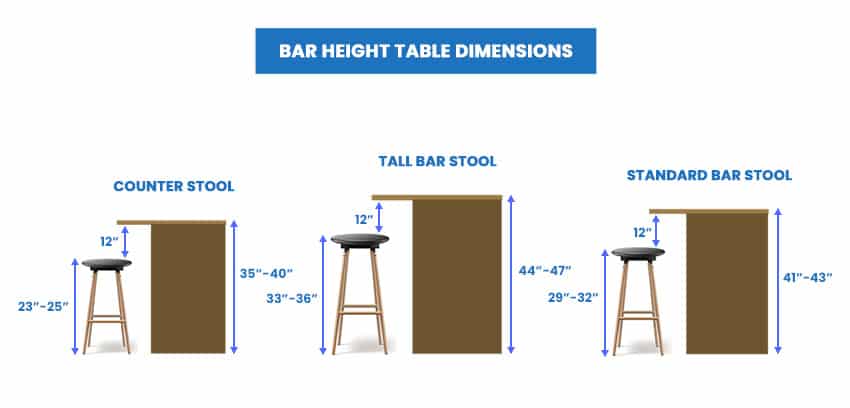















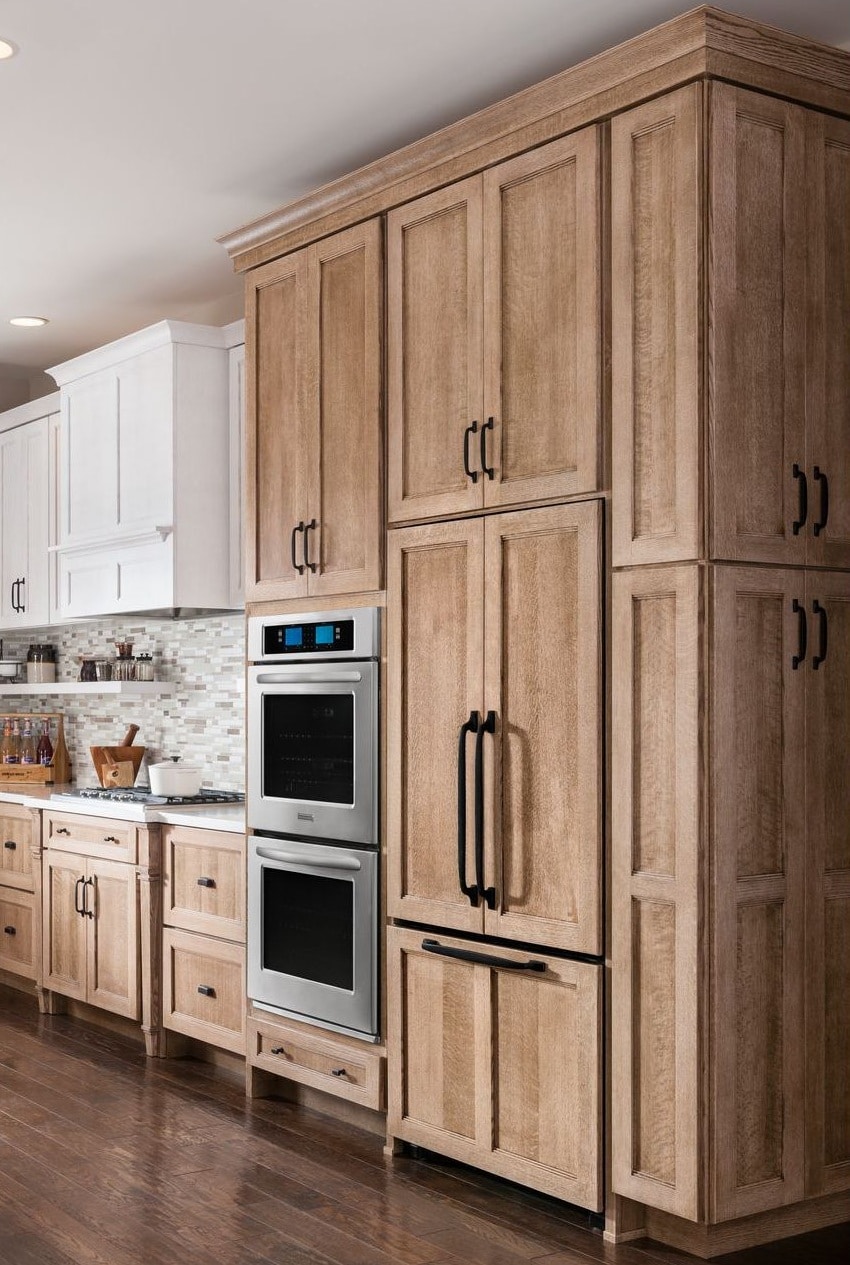



:max_bytes(150000):strip_icc()/guide-to-common-kitchen-cabinet-sizes-1822029-base-6d525c9a7eac49728640e040d1f90fd1.png)












































:max_bytes(150000):strip_icc()/How-to-choose-a-countertop-overhang-5113257_final-ff0003fd152e41d6bc55f235627f793a.png)







